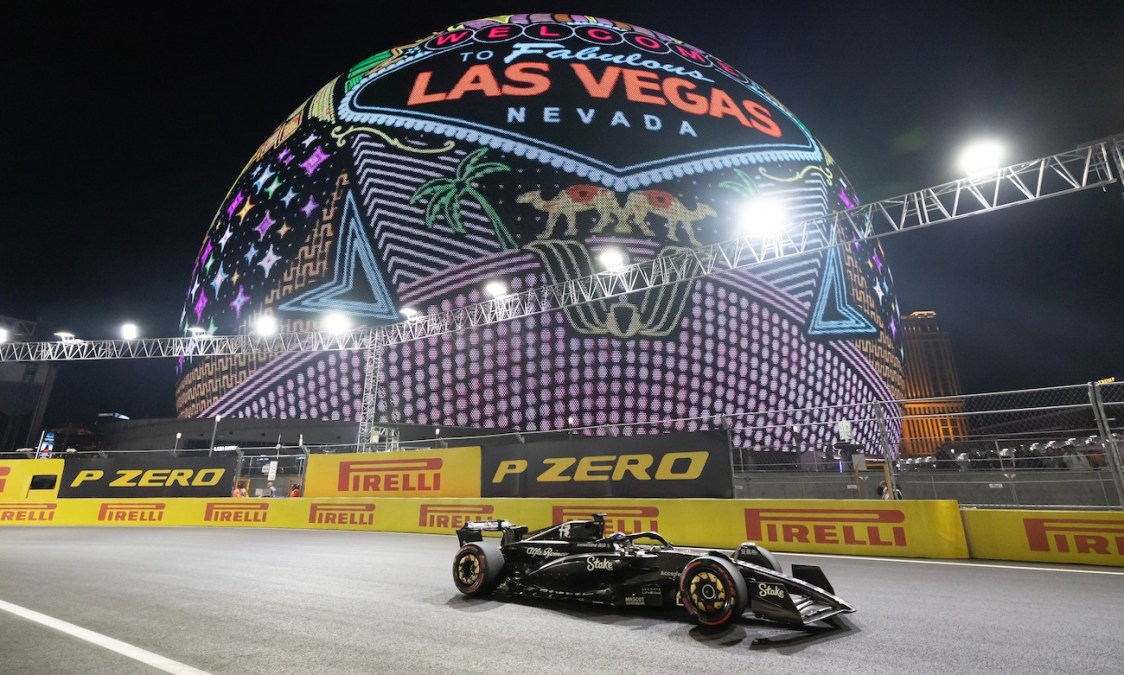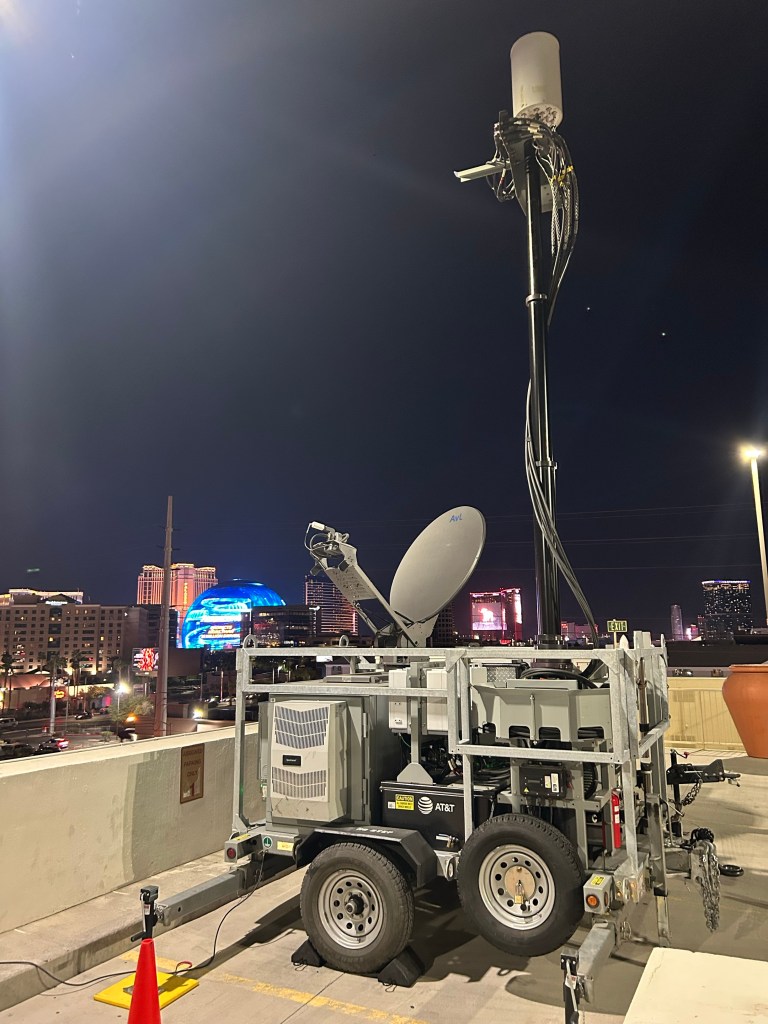Inside the track: How tech will keep Las Vegas safe during Formula One Grand Prix

Public safety officials in Clark County, Nevada, have spent the last several months preparing for the start of this year’s Formula One Las Vegas Grand Prix on Thursday, ensuring emergency communications technologies are securely positioned around and inside the racetrack.
The 3.8 mile track is uniquely situated throughout the city, where cars will exceed 200 miles per hour down the Las Vegas Strip as they wind past iconic Strip resort hotels and casinos comprising some of the track’s infield. However, the novel location creates several distinct public safety challenges, in part because the F1 racetrack becomes impassable when it’s “hot,” or when drivers are on it. For the Clark County Fire Department, this will make it essential over the next several days to have mobile technologies that expand cellular networks and provide redundancies on standby to be used in the event of a catastrophe.
The mobile supports, according to Clark County Fire Department Assistant Chief Brian O’Neal, are key for the Grand Prix event.
While Las Vegas hosts hundreds of large events each year, the F1 races have required O’Neal’s team to begin work months ahead of time — including on where to strategically place network expansion technologies in the event of coverage disruptions that could impede emergency responses. Some of these technologies include SatCOLTs, or Satellite Cell on Light Trucks, and Compact Rapid Deployable Systems, or CRDs, which are powered by FirstNet, the federal public safety network operated by AT&T.

“Planning really starts a couple months ahead of time — understanding what the event footprint is going to be, understanding what our gaps in coverage are and then how our crews are going to be communicating if we have any changes to our technology, which is like our devices and software and things like that,” O’Neal said. “This one is pretty much the same as last year with a couple small operational tweaks, which really doesn’t really affect our communications resiliency plan.”
FirstNet Response Operations Group Section Chief Rich Johnson said his organization has an “incredible partnership” with Clark County Fire and the various agencies surrounding the racing event. And this is crucial, as the scale of the event creates a large surface area of risk.
“Because it’s not if, it’s when something’s going to happen at some point. We see it all the time,” Johnson said.
To mitigate “what-ifs,” O’Neal said there are working groups housed within Clark County’s Multi-Agency Coordination Center that manage a small aspect of the emergency response efforts for this event, and that FirstNet is a key part of the radio and cellular communication working group.
The SatCOLT and CRD devices can be transported, O’Neal said, to where additional cell coverage is needed for first responders and law enforcement. There is a bit of calculus the agency and FirstNet must conduct when determining where to place SatCOLTs — which can provide up to several additional miles of coverage depending upon site conditions — such as how close or far to place them, and where the priority needs for coverage are if existing cellular service is lagging or nonexistent.
These areas include where the grandstands are located along the track, but also in the areas that become isolated during the events when there are drivers on the track. Drivers will take to the track for their first practice Thursday night, with the second practice on Friday and the big race on Saturday at 10 p.m., creating several time blocks when the track’s infield is inaccessible.
“You can’t get out during the race, and you can’t get in during the race. You’re on the island. But if something happens, we can run that CRD very quickly, either by vehicle or carrying it by hand just dragging as it is wheeled,” Johnson said.
“We actually set the guys up that are going to be bringing that [CRD] out in a vehicle. So, if they’re at a extreme edge of the race track where we need them to just reposition, they can just easily take their vehicle and drive over to a different spot,” O’Neal added. “And before the race even gets going, we we push a bunch of resources into that infield area to deal with all the 911 stuff and emergencies. If there’s a fire in a hotel, we have our first alarm assignment just kind of sitting there waiting because it is so challenging to bring resources in and out. So that’s probably the hardest aspect of this one.”
Johnson said that in addition to the race itself, public safety officials also must prepare to respond to emergencies at the smaller events around the race, and to protect the thousands of spectators expected to hit Sin City for the big race over the next several days.
“This event’s not just the race night — you know, when the cars go real fast around the track — it’s all the stuff all leading up to it: the parties, the events, the excitement,” he said. “We are in Las Vegas. It is the entertainment capital of the world. All these taglines they have that it really is a gigantic party, starting really lightly tomorrow, but then Thursday is just party, party, party and fun, fun, fun, and to ensure the safety and the fun of this, we all work together.”
And with months of preparation coming into fruition over the next few days, O’Neal said that his agency’s partnership with FirstNet plays a huge role in ensuring the F1 event is a public safety success.
“I’m pretty good at dragging a hose across the ground and providing aid to people that are sick and things like that,” O’Neal said. “But when it comes to the technology side, I have some idea, but these guys are the experts in that field, and so they can sort of validate what we’re wanting to do, or make recommendations.”




